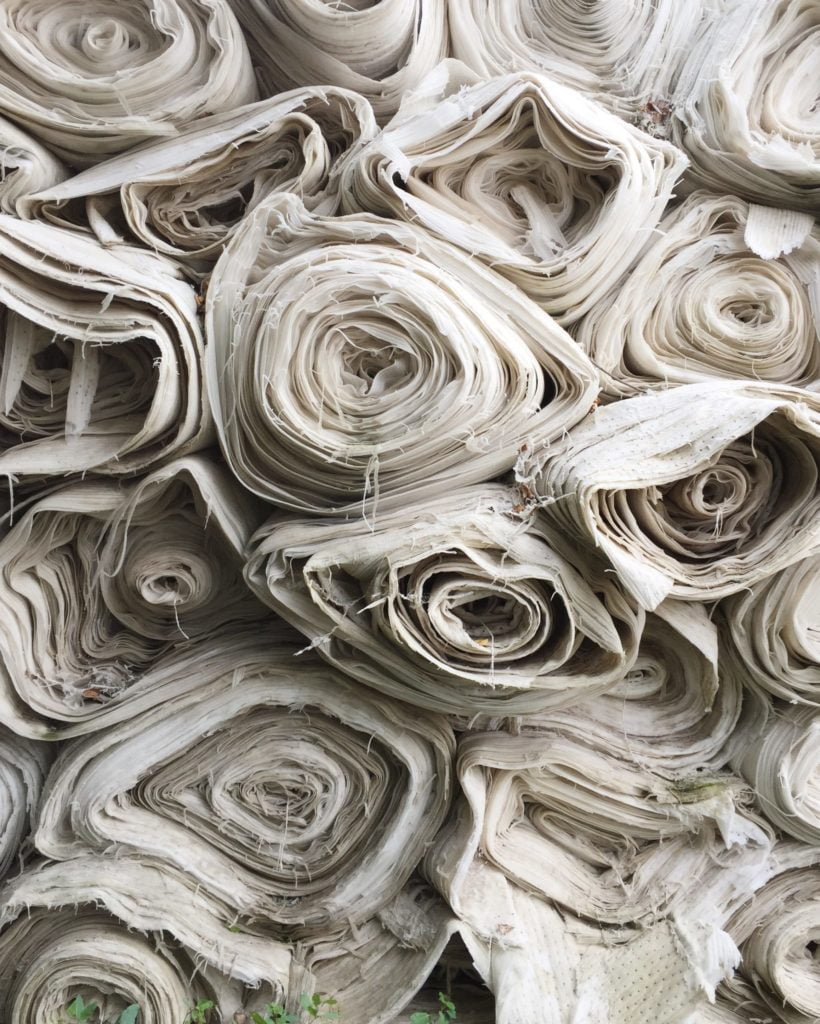In the United States and around the world, many people believe that the clothing industry is dominated by fashion designers. While it‚Äôs true that designers help dictate what coats, scarves, and clothing items might be trending, there is more to the industry than just the visionaries. Beyond them, there are dozens of staffers, casepackers, and general laborers that make the packaging and manufacturing aspects of the clothing industry function. After all, you can’t wear a poncho or cape that never makes it to your home. Their processes can be just as interesting as the actual design.
Packaging

Like most of the 21st-century assembly lines, automation has taken over many of the human aspects in manufacturing clothing. At the forefront of production are casepackers like the ones from Douglas Machine. These highly capable machines are able to perform a variety of functions when it comes to packing materials. They can wrap boxes in a variety of ways due to the precision accuracy of their servo motors. The servo is often attached to sensors that allow for opening and closing packages with the skill of a human hand. A new age case packer has a 40% reduction in changeover points allowing for quicker transitions. Speaking of speed, some of these devices can process over 100 trays per minute. Some of these also fulfill specialty procedures such as a drop packer or flow pack.
With the speed and versatility that these tray packers provide, companies are able to offer perks such as free shipping and other discounts. Additionally, the cartons that are constructed now have detailed labels and logos on them. The entire process is just a continuation of the skill and detailed artistry that goes into the clothes they are transporting.
Manufacturing

The actual production of the clothing has also become more industrialized but still deals with the simple concept of turning raw materials into beautifully crafted garments such as capes or ponchos. Akin to how the designer considers the wearer, clothing manufacturing requires skillful production planning. There are five essential steps to the process before items can be sent to packaging and on to eventual clients.
- Production planning: During this stage, the process of production takes place. For instance, with women’s ponchos, the order would be planned out either by a manager or by software. The poncho would be mapped out for the remaining four processes to assure the order can be fulfilled and in a timely manner. The delivery date is also projected during this stage.
- Checking availability: After the planning stage for the product, next comes the assessment of availability. In the last example, this could be searching for materials for a specific garment. This includes noting if the garment has a specific trim, such as a rain poncho may have, and finally assuring that all patterns for the project are on hand.
- Checking time frames: During this stage of manufacturing, timetables are reevaluated and orders for materials are placed. If additional trims or patterns are needed, say for a pouch add-on to the garment, these would be secured during this phase.
- Confirming delivery with client: Once the sample has been approved, it must be cleared for a final review. This is to ensure that no secret ponchos exist with defects or issues. After that is confirmed, a final delivery date is set for the product.
- Managing departments: These are the people without oversight throughout the process. They communicate what is happening between the different stages and monitor the process for mishaps. They also evaluate the plan and make adjustments when needed.
After this process occurs, finished products are then sent to packaging to be packed and shipped for delivery. When a new order arrives, the process is repeated. Though not a glamourous as the design stages of clothing development, the manufacturing and packaging components by a vital, and fascinating role in the process.




